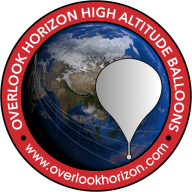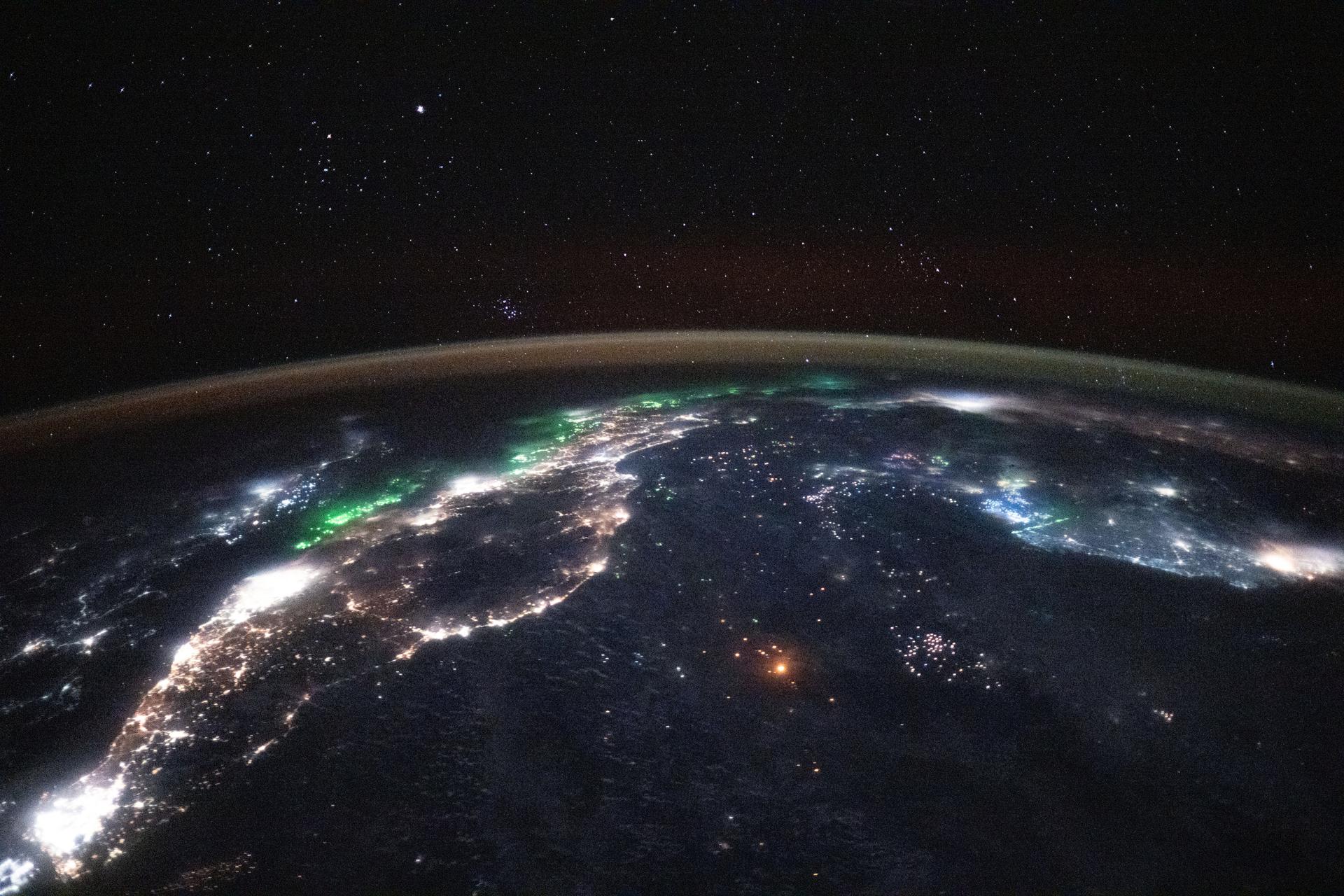Metal 3D printing and cardiovascular health kicked off the research schedule at the beginning of the week for the Expedition 72 crew. Crew arrival preparations are also underway at the International Space Station as a new cargo craft is being unloaded.
Manufacturing parts and tools in space will be a more effective approach to spacecraft maintenance in the future rather than relying on fuel-dependent cargo missions launched from Earth to resupply crews. Self-reliance will be key as crewed missions travel beyond low Earth orbit and to the Moon, Mars, and beyond. NASA’s station Commander Suni Williams explored space-manufacturing on Monday and opened up the Metal 3D Printer, located in the Columbus laboratory module. She removed a printed sample from the experimental device then replaced it with a substrate, a material used to print objects. She packed up the sample for analysis back on Earth then reconnected the space-manufacturing printer inside Columbus’ European Drawer Rack-2.
NASA Flight Engineer Don Pettit began his day in the Kibo laboratory module loading research gear in Kibo’s airlock for placement in the external microgravity environment. Afterward, he serviced high-definition video hardware inside Columbus before working on the orbital plumbing system in the Tranquility module. At the end of his shift, he assisted Williams while she retrieved a sample from inside the Metal 3D Printer.
NASA Flight Engineer Nick Hague worked out on the advanced resistive exercise device while wearing a sensor-packed vest and headband. The Bio-Monitor wearables recorded Hague’s health data during his exercise session that doctor’s will analyze to understand space-caused aging-like symptoms detected in astronaut’s arteries. Results may lead to deeper insights into microgravity’s effect on a crew member’s metabolism, arteries, and bones potentially improving health for humans on Earth and in space.
Hague earlier reviewed procedures for monitoring an approaching SpaceX Dragon crew spacecraft as the SpaceX Crew-10 mission nears its launch to the orbital outpost currently targeted for March 12. Crew-10 Commander Anne McClain and Pilot Nichole Ayers, both NASA astronauts, are quarantining at Kennedy Space Center with Mission Specialists Takuya Onishi of JAXA (Japan Aerospace Exploration Agency) and Kirill Peskov from Roscosmos before beginning their mission.
NASA Flight Engineer Butch Wilmore worked throughout the day on electronics maintenance. He began his shift checking power connections and inspecting safety devices that prevent electric shock. Next, he charged computer tablets before analyzing station water samples for potential hazardous chemicals and organic compounds.
Five spacecraft are now parked at the orbiting lab following the docking of the Progress 91 resupply ship to the Zvezda service module on March 1. Roscosmos Flight Engineers Alexey Ovchinin and Ivan Vagner opened the Progress 91 hatch over the weekend and spent Monday unloading some of the near three tons of food, fuel, supplies.
Flight Engineer Aleksandr Gorbunov tested the lower body negative pressure suit that may prevent fluids from accumulating in a crew member’s upper body caused by living in weightlessness. The specialized suit is being tested for its ability to draw fluids back to the lower body counteracting space-caused head and eye pressure.
Learn more about station activities by following the space station blog, @space_station and @ISS_Research on X, as well as the ISS Facebook and ISS Instagram accounts.
Get the latest from NASA delivered every week. Subscribe here: https://www.nasa.gov/subscribe


